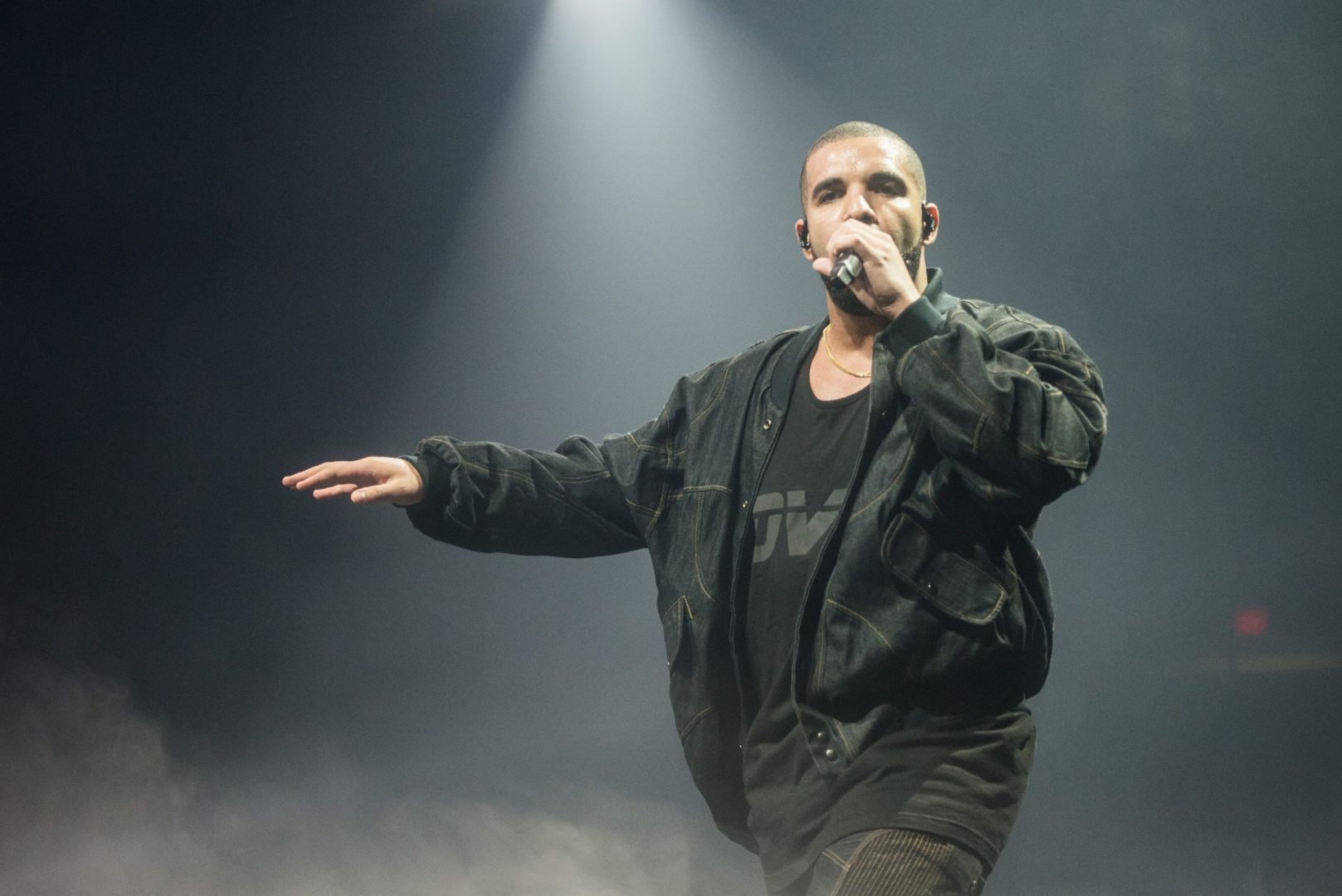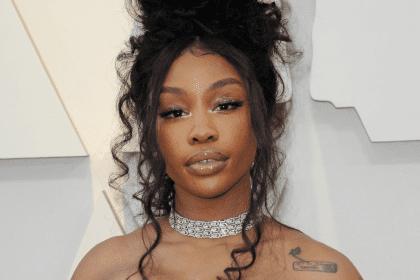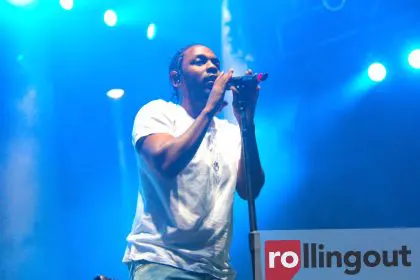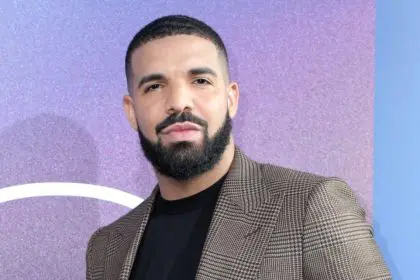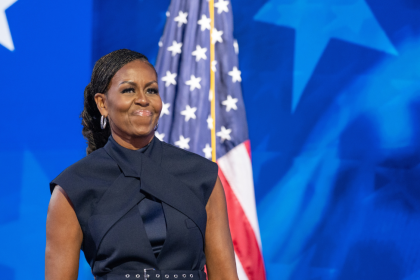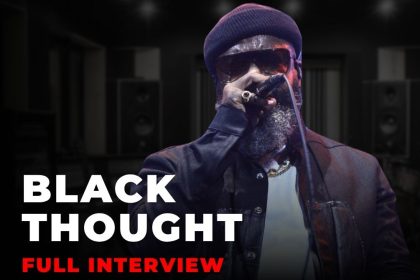Drake launched new criticisms of Kendrick Lamar following the release of Lamar’s latest album “GNX,” escalating their long-running rivalry in hip-hop.
During a recent Kick livestream with streamer xQc, Drake addressed previous diss tracks. “I’m here — mind, body and soul fully intact, in case you were wondering. You need facts to take me out; fairytales won’t do it,” he stated. The statement appeared to counter allegations about Drake’s character and personal life.
While Lamar avoided direct mentions of Drake on “GNX,” the opening track “wacced out murals” contains apparent references: “N———from my city couldn’t entertain old boy / Promisin’ bank transactions and even bitcoin / I never peaced it up, that shit don’t sit well with me / Before I take a truce, I’ll take ’em to Hell with me.”
Lamar also referenced Drake’s controversial “Taylor Made Freestyle” and Snoop Dogg’s support: “Snoop posted ‘Taylor Made,’ I prayed it was the edibles / I couldn’t believe it, it was only right for me to let it go.” Snoop responded on social media with promotional support for “GNX.”
The livestream took another turn when xQc played “Starboy” by The Weeknd. “You’ve gotta switch this song, though. You have to switch this one. We’re the real Sixers, the real 6ix side. We don’t listen to that,” he insisted.
This comment highlights ongoing tension between Drake and The Weeknd, which intensified after The Weeknd appeared to criticize Drake in a recent collaboration. Drake previously addressed their strained relationship in tracks like “Push Ups” and “Family Matters.”
The rivalry between Drake and Lamar remains central to contemporary hip-hop discourse. As both artists continue releasing music and making public statements, their competition shapes the genre’s landscape. With “GNX” now available and Drake’s recent comments stirring discussion, audiences anticipate further developments in this high-profile musical conflict.
Industry observers note this latest exchange adds another chapter to one of hip-hop’s most compelling rivalries, demonstrating how competition drives artistic innovation and maintains public interest in the genre.
The ongoing tension between these prominent artists suggests more confrontational tracks may emerge, potentially elevating their creative output while engaging audiences invested in hip-hop’s competitive tradition.

